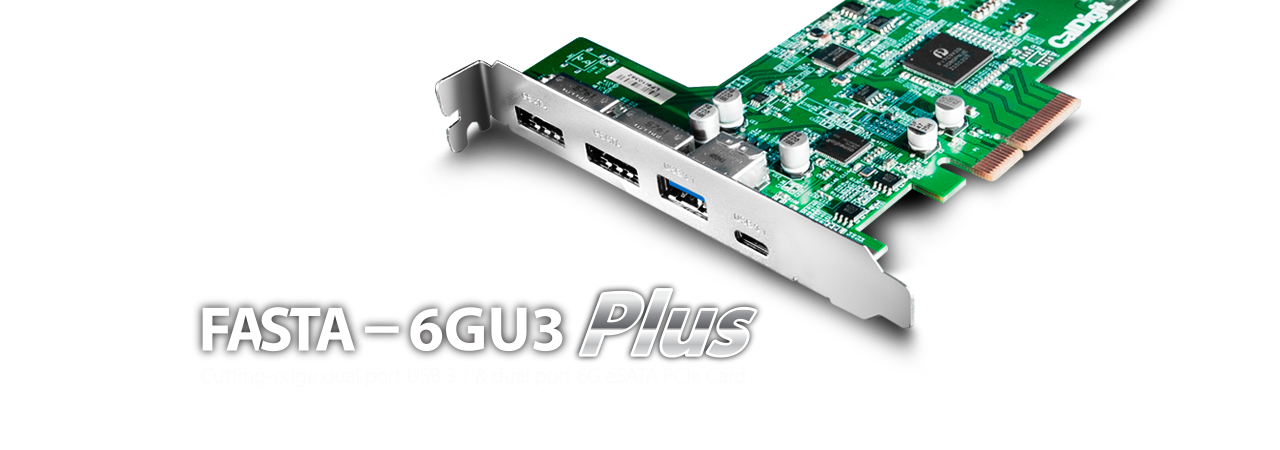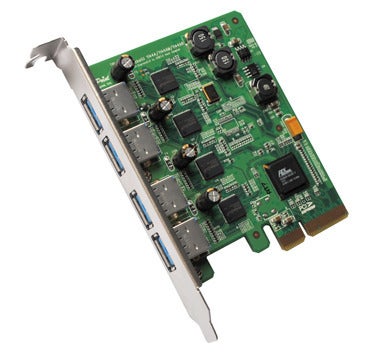USB port types and names
- Usb 3 Card For Mac Pro
- Usb 3 Card For Mac Pro 2008
- Usb 3 For Mac Card Balance
- Usb 3 Card For Mac Pro 2012
- Usb 3 Card Mac Pro 2010
Search (past 7 days): USB C Hub Multiport Adapter - 7 in 1 Portable Space Aluminum Dongle with 4K HDMI Output, 3 USB 3.0 Ports, SD/Micro SD Card Reader Compatible for MacBook Pro.24. Dealighted analyzed 234 new deal forum threads today and identified 77 that people really like. USB C Hub Multiport Adapter - 7 in 1 Portable Space Aluminum Dongle with 4K HDMI Output, 3 USB 3.0 Ports, SD/Micro SD Card Reader Compatible for MacBook Pro, XPS More Type C Devices 4.6 out of 5. Expansion of 4 ports USB 3. 0 connections; No additional power supply for normal recognition and operation needed anymore, fast and easy installation, keeps your Mac Pro case tidy Compatible with Windows XP/ Vista/ 7/ 8/ 10. Windows 10 and Mac 10.8.2 and more latest systems are built with a. Best Buy customers often prefer the following products when searching for Usb 3 For Mac. Browse the top-ranked list of Usb 3 For Mac below along with associated reviews and opinions. PNY - Duo-Link On-the-Go 64GB USB 3.1, USB-C Flash.
USB (Universal Serial Bus) is an industry standard for connecting computers and other devices. It's available with many types of ports, and each type has a unique shape. On Mac computers, USB is available with these ports, depending on your Mac model:
USB-A

Type USB-A ports are commonly called USB, USB 2, or USB 3 ports, depending on the USB specification they support. They aren't reversible, so a USB-A connector plugs into the port only when oriented correctly.
USB-C
Type USB-C ports are available as either standard USB-C ports or Thunderbolt 3 ports that also support USB-C connections. They both look the same, and the connector plugs into the port in either orientation.
Learn more about identifying the ports on your Mac, as well as the adapters and cables you can use to connect older devices to type USB-C ports.
USB specifications
USB specifications are important primarily when you want the most speed and power for your USB device, or your device needs more power or is using too much power. Every USB port supports a particular USB specification, which determines the port's maximum>USB specifications on MacData transferPowerUSB 3.1 Gen 2
Also known as USB 3.2 Gen 2
Up to 10 GbpsUp to 15W at 5VUSB 3.1 Gen 1
Also known as USB 3.2 Gen 1 or USB 3
Up to 5 GbpsUp to 900 mA at 5VUSB 2.0
Up to 480 MbpsUp to 500 mA at 5VUSB 1.1
Up to 12 MbpsUp to 500 mA at 5V
To learn which specification is supported by a type USB-A or type USB-C port on your Mac model:

- Choose Apple menu > About This Mac, click Support, then click Specifications.
- Check the System Information app for more details, including about USB devices connected to USB ports on your Mac. Select USB in the sidebar, then select a USB bus on the right.
Get the best performance from your USB devices
USB specifications all work with each other, but speed and power are limited by the cable or device that uses the earliest specification. For example, if you connect a USB 3 device to USB 2 port, your device is limited to USB 2 speeds, and it can't draw more power from the port than can be delivered over USB 2. In other words, to get the best performance, make sure that the USB port on your Mac and the USB cable to your device meet or exceed the USB specification of the device itself.
If your Mac doesn't recognize a USB device after you plug it into your Mac:
- Check all connections: Unplug the device from your Mac, then plug it back in, and make sure that all cables and adapters are securely connected at both ends. Test with another cable or adapter, if available.
- Plug the device directly into your Mac instead of a USB hub or other device, and if necessary test with a different USB port on your Mac or device.
- Some devices need their own software, such as drivers or firmware. Others work without additional software. Check with the maker of your device, and install all available Apple software updates as well.
- If your device came with an AC power adapter, use it. Some devices can be powered by the USB port on your Mac. Others need more power than your Mac can provide.
- Restart your Mac.
Learn more
- USB 3 devices can create wireless interference that affects Wi-Fi and Bluetooth devices. Learn how to resolve Wi-Fi and Bluetooth issues caused by wireless interference.
- Mac notebook computers with USB-C or Thunderbolt 3 can charge over that port using a compatible USB-C power adapter and cable.
The Mac Pro introduced in 2019 has eight PCIe slots:
- Four double-wide slots
- Three single-wide slots
- One half-length slot preconfigured with the Apple I/O card
Mac Pro includes one or two Radeon Pro MPX Modules that occupy slots 1-2 and slots 3-4. You can choose your MPX Modules when you order your Mac Pro or order them separately from Apple. Learn how to install PCI cards in your Mac Pro (2019).
Apple AMD Radeon MPX Modules
Apple currently has four different Mac Pro Expansion (MPX) Modules that contain AMD Radeon Pro graphics processing units (GPUs). Radeon Pro MPX Modules can use slots 1-2 and slots 3-4, and you can install one or two of each module:

- Radeon Pro 580X MPX Module: one module only
- Radeon Pro W5700X MPX Module: one or two modules
- Radeon Pro W5500X MPX Module: one or two modules
- Radeon Pro Vega II MPX Module: one or two modules
- Radeon Pro Vega II Duo MPX Module: one or two modules
You can use Radeon MPX Modules along with other third-party PCIe graphics cards. If you use Boot Camp, using a Radeon MPX Module and a third-party AMD graphics card isn't supported when your Mac is using Windows. Learn about using AMD graphics cards with Microsoft Windows on Mac Pro (2019).
Apple I/O card
Mac Pro comes with the Apple I/O card, which has two Thunderbolt 3 ports, two USB-A ports, and a 3.5mm headphone jack. The Apple I/O card comes preinstalled in slot 8 and can't be installed in another slot.
Third-party PCIe cards
You can install many different PCIe cards in your Mac Pro, such as fibre channel cards, fibre networking cards, and pro video and audio interface cards. The PCIe bus on your Mac Pro provides up to 300W auxillary power. If your PCIe card requires additional power, such as a GPU, use the Belkin Aux Power Cable.
Usb 3 Card For Mac Pro
Mac Pro supports the same GPUs that are supported by external graphics processors (eGPUs). If you use Boot Camp and want to install a NVIDIA card to use in Windows on your Mac, don't install the card in slot 2. Learn about using AMD graphics cards with Microsoft Windows on Mac Pro (2019).
Some older PCI cards might use 32-bit Option ROMs that aren't compatible with your Mac Pro. If you install a PCI card that uses 32-bit option ROMs, your Mac Pro might not start up correctly.
Afterburner
Usb 3 Card For Mac Pro 2008
Afterburner is a hardware accelerator card made by Apple. Learn more about Afterburner.
Usb 3 For Mac Card Balance

RAID cards
Usb 3 Card For Mac Pro 2012
If you want to add additional storage, you can install a third-party RAID card, such as a SAS RAID card, or you can install the Promise Pegasus R4i 32TB RAID MPX Module in one of the two MPX bays. If you use Boot Camp on your Mac, Windows doesn't support Apple software RAID volumes.
Usb 3 Card Mac Pro 2010
Learn more
